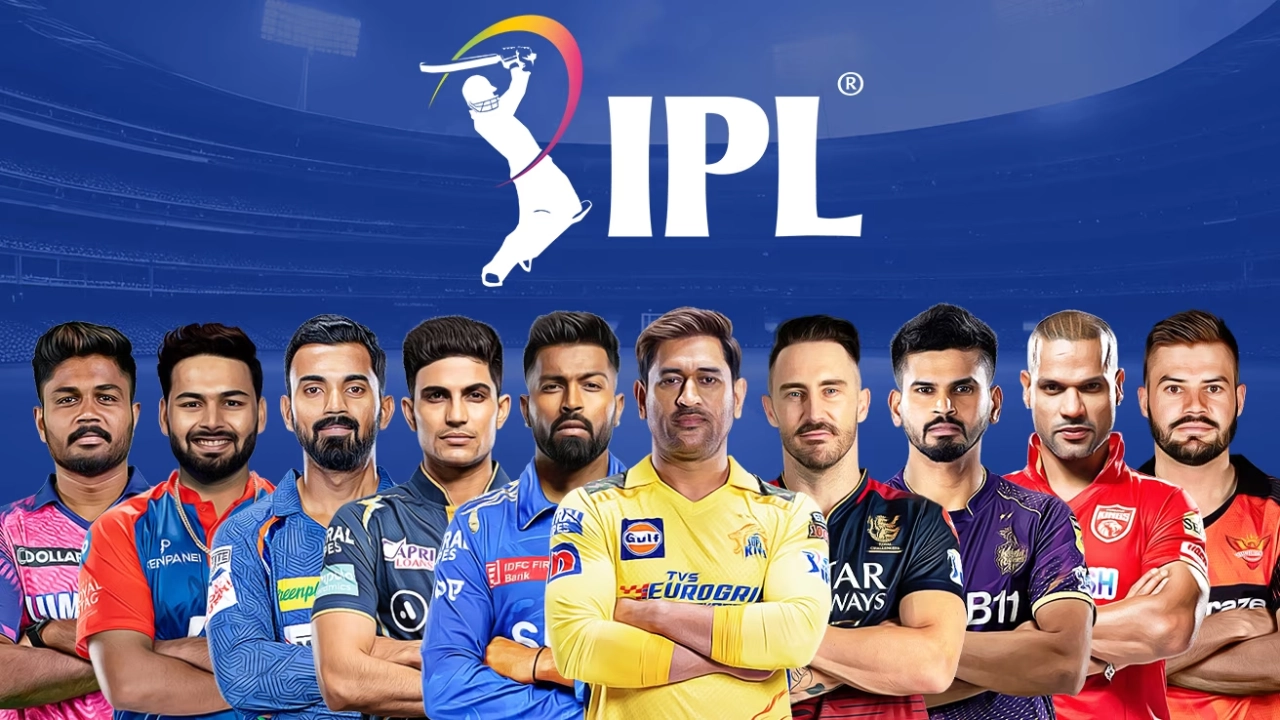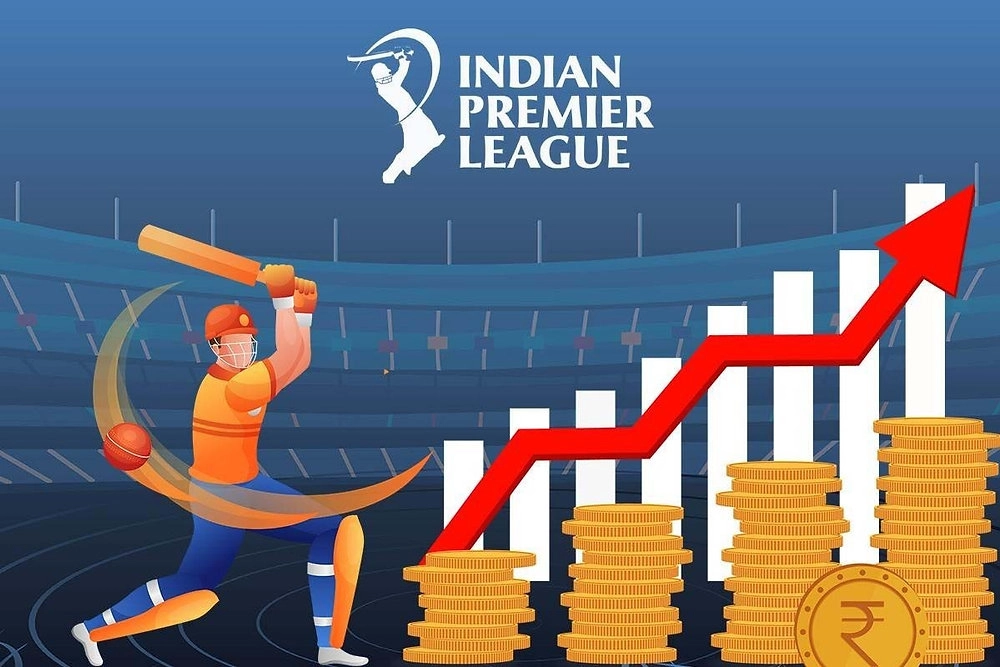Overview of the Indian Premier League (IPL)

The Indian Premier League (IPL) is a professional Twenty20 cricket league in India, initiated by the Board of Control for Cricket in India (BCCI) in 2008. Designed to capture the energy of fast-paced cricket, the IPL has redefined the game, blending competitive sports with entertainment. Known for its short and thrilling matches, the IPL has quickly become one of the most-watched sporting events worldwide, drawing viewers not just from India but from around the globe. This league has pioneered a unique franchise model that combines the excitement of sports with celebrity endorsements and Bollywood-style entertainment, attracting a wide range of viewers, including those who may not have been traditional cricket fans. Each IPL season typically includes teams that represent various Indian cities or states, providing local fans with a direct connection to the league and fostering regional pride. Matches are held over approximately two months, making it a highly anticipated annual event. The tournament format allows fans to enjoy numerous games in a relatively short period, with each match often culminating in exciting finishes due to the condensed Twenty20 format. The IPL's popularity has not only brought cricket closer to a younger and more diverse audience but has also significantly contributed to India's economy, especially through sponsorship deals, broadcasting rights, and tourism associated with match venues. In recent years, it has become a prominent part of India's sports culture and a strong symbol of the nation's growing influence in global sports.
The Structure and Format of the IPL

The IPL operates on a franchise-based model, with teams owned by business tycoons, Bollywood stars, and major corporations. This unique structure gives each team its own identity and fanbase, enhancing the league's allure. At the start of each season, teams participate in a high-profile auction where they can buy players from both national and international pools. This auction system introduces an exciting element of strategy, as teams compete to acquire top talent within budgetary constraints. Once teams are assembled, they compete in a double round-robin format, where each team plays against every other team twice, once at their home venue and once away. This format ensures that fans have ample opportunities to see their favorite teams and players in action. At the end of the round-robin phase, the four highest-ranking teams advance to the playoffs, which consist of eliminator and qualifier rounds, leading to the highly anticipated final match that determines the league champion. This playoff structure adds an extra layer of drama, with teams facing elimination in sudden-death matches. Overall, the structure of the IPL keeps fans engaged throughout the season, with each game potentially impacting the standings and playoff qualifications. This competitive yet engaging format is one of the reasons behind the league's massive following and sustained excitement among fans.
The Financial Impact of IPL

The IPL has had a transformative economic impact in India, influencing sectors beyond just sports. Franchise owners invest significant sums in purchasing players and promoting their teams, resulting in a huge influx of revenue through ticket sales, merchandise, and sponsorships. Broadcasting rights are highly lucrative, with networks bidding billions of dollars to secure exclusive coverage. This income is shared with teams, the BCCI, and even state cricket boards, leading to improvements in cricket infrastructure and facilities across India. Additionally, the IPL has drawn interest from international investors, with overseas entities acquiring stakes in teams and contributing to India’s global economic footprint. The league also generates substantial employment opportunities, from stadium staff and security to media personnel and marketers. Furthermore, the tournament spurs economic activity in host cities, attracting tourists, filling hotels, and boosting local businesses. The IPL’s economic model has reshaped Indian sports, making it a profitable enterprise that benefits multiple industries and contributes to India’s overall economic growth.
Global Influence and Popularity

The IPL's popularity transcends borders, bringing fans from around the world to support teams and players. With top players from cricketing nations like Australia, England, and the West Indies, the league is an international showcase of talent and excitement. Many leagues in other countries, such as the Big Bash League in Australia and the Pakistan Super League, have been inspired by the IPL’s success. By emphasizing short, action-packed matches, the IPL has brought a new energy to Twenty20 cricket, making it a popular format worldwide. Furthermore, IPL's reputation has attracted viewership from different cultures and backgrounds, making cricket more accessible and widespread. This global reach has not only expanded the fanbase but has also fostered cultural exchange and mutual respect among cricket-playing nations. The IPL has, in essence, acted as a bridge, connecting different countries through a shared love of the sport.
The Social and Cultural Impact of IPL
The IPL’s influence reaches deep into Indian society, impacting its culture and social fabric. Cricket, already a deeply ingrained sport in India, has reached new heights through the IPL. The league has made cricket more inclusive, drawing in diverse audiences, including women, younger viewers, and those who enjoy the shorter format. The association of Bollywood celebrities and corporate giants with IPL teams has created a blend of glamour and athletics, making the league a cultural spectacle. This phenomenon goes beyond cricket, promoting national unity as fans cheer for teams that represent various regions of India. By hosting players from other countries, IPL has also enhanced cross-cultural connections, encouraging fans to appreciate international talent. The IPL is more than just a league; it is an annual celebration that symbolizes India’s love for cricket, social inclusivity, and cultural pride, influencing millions both within India and abroad.
